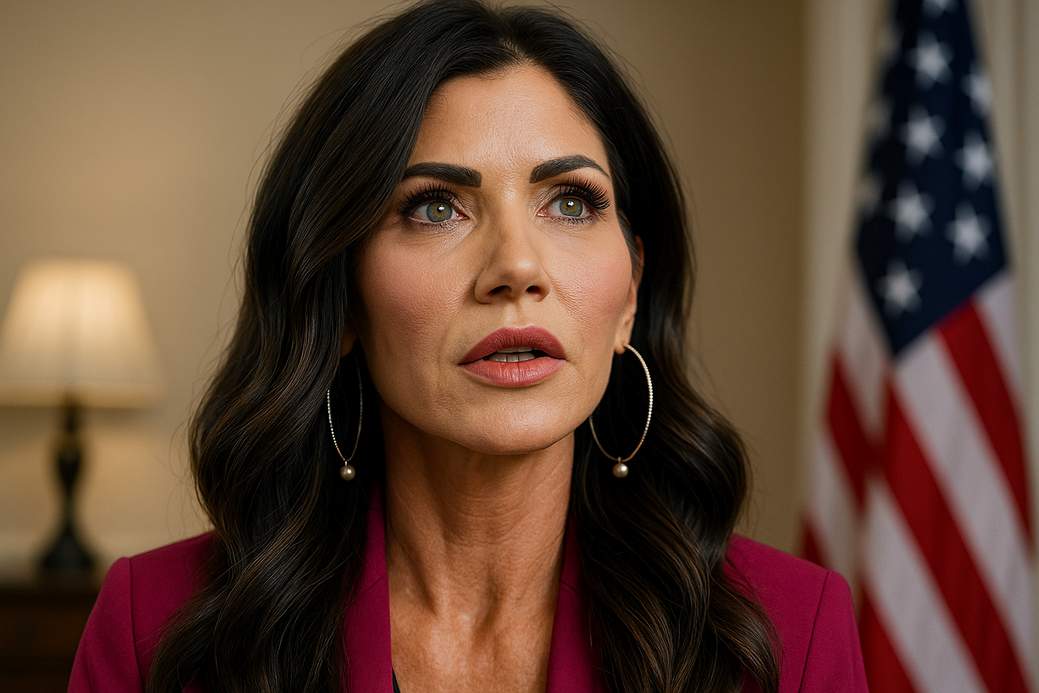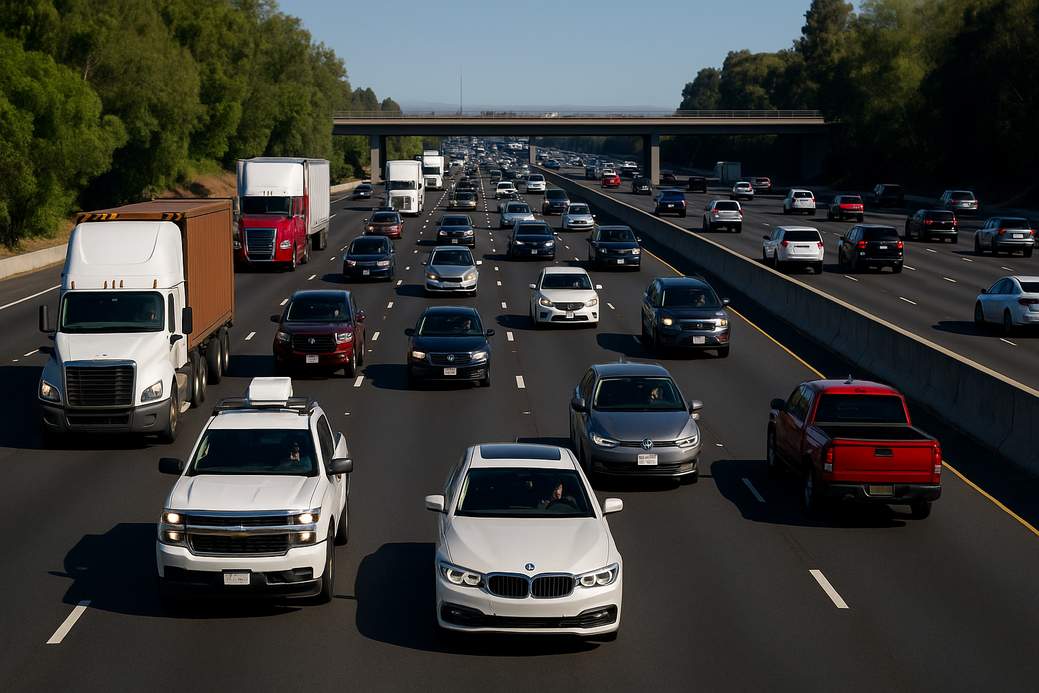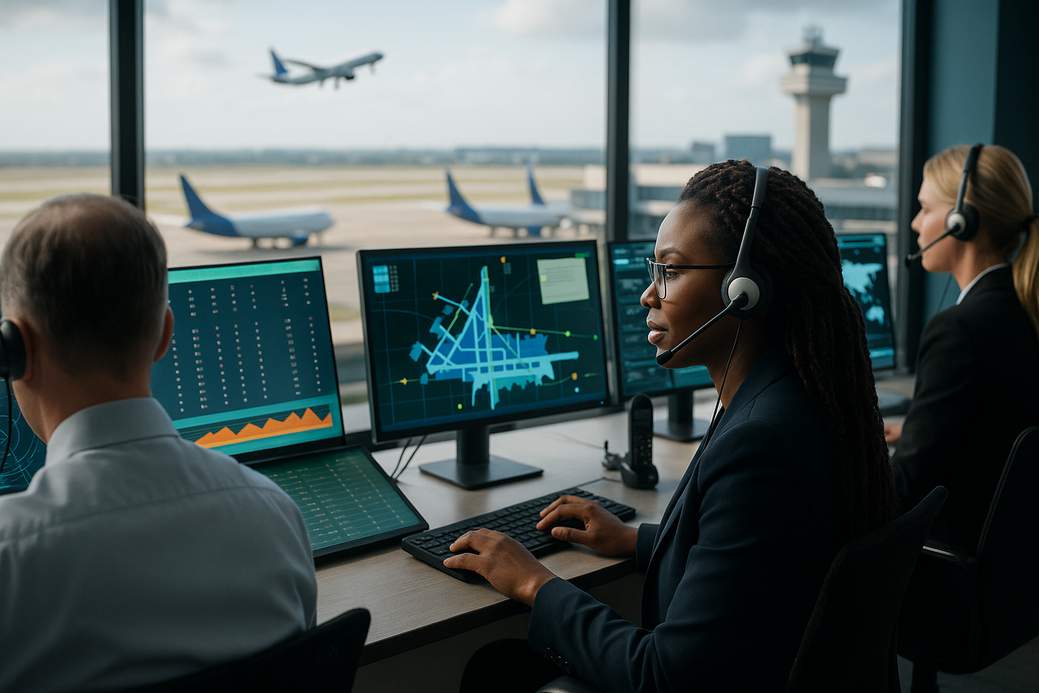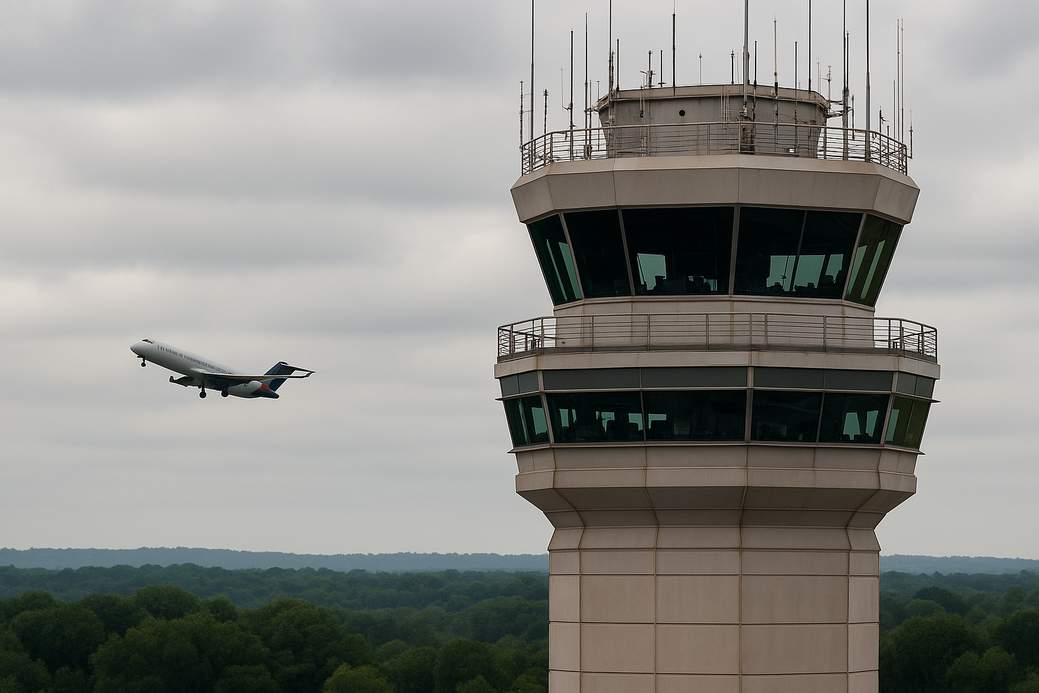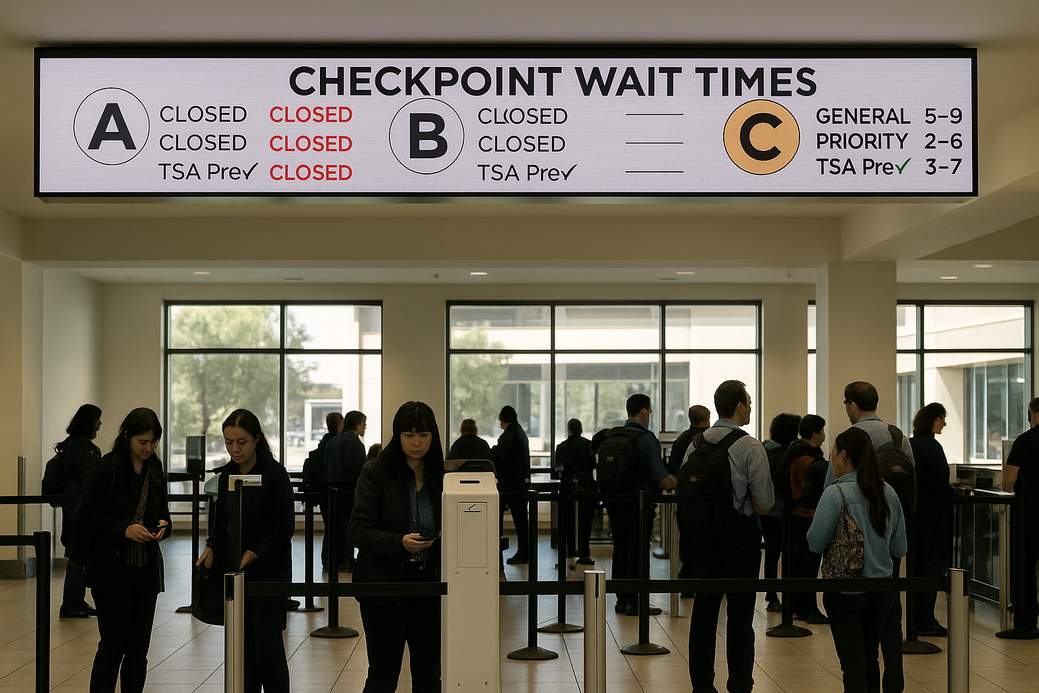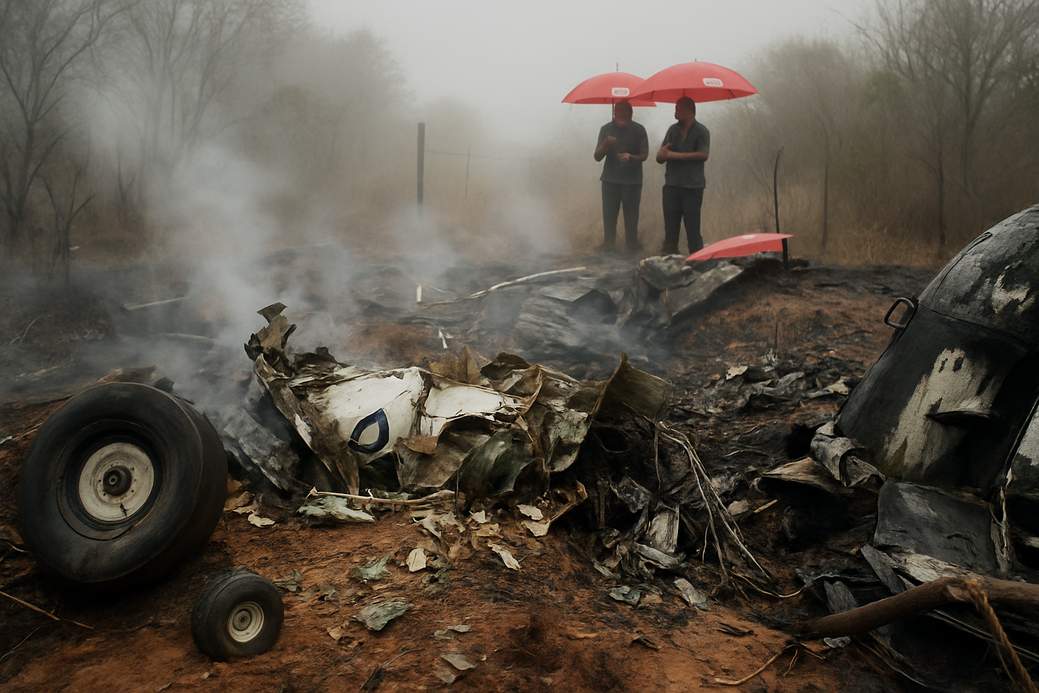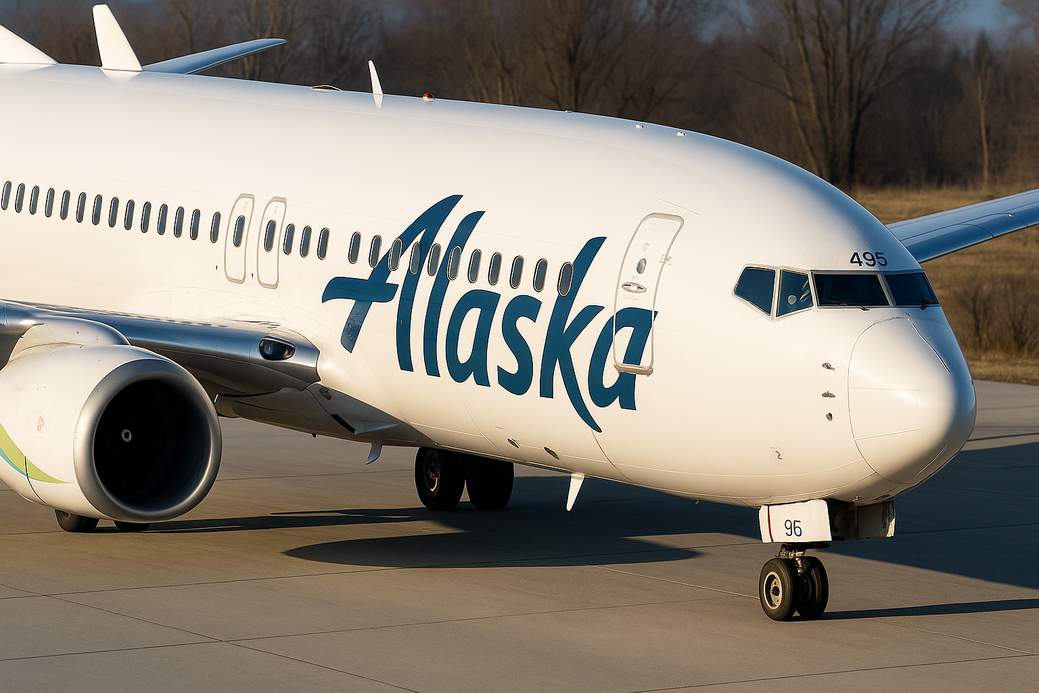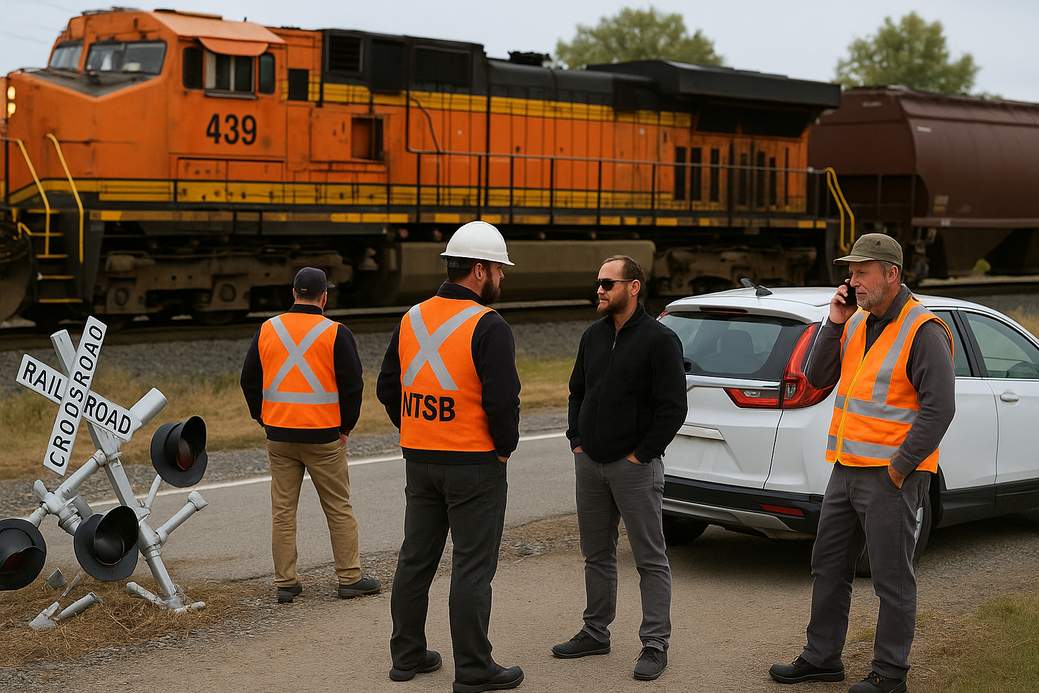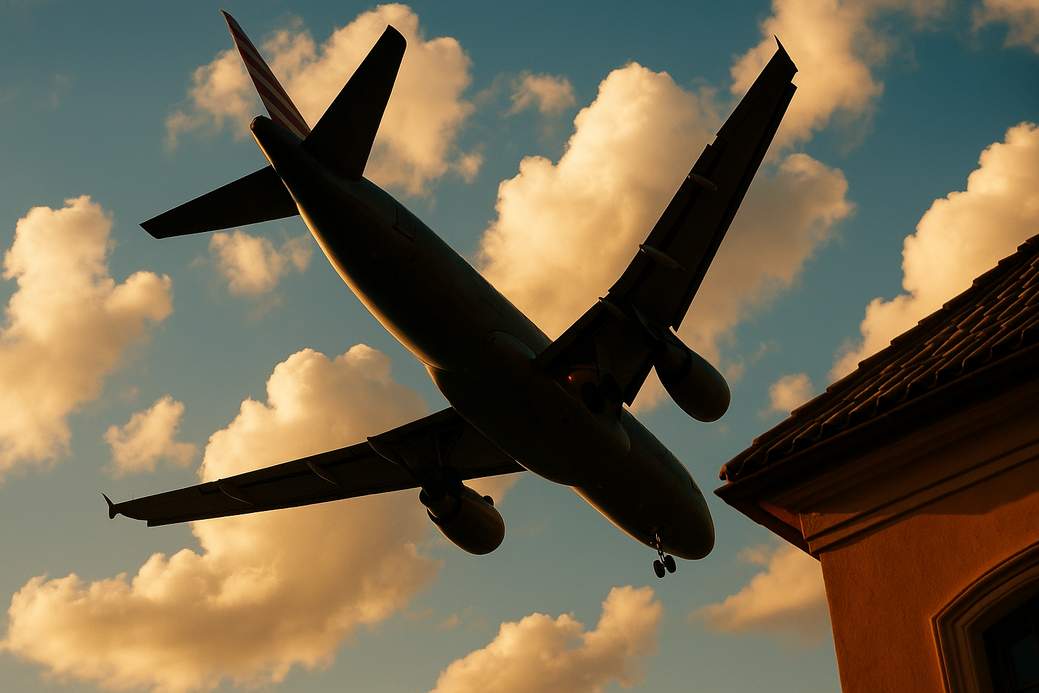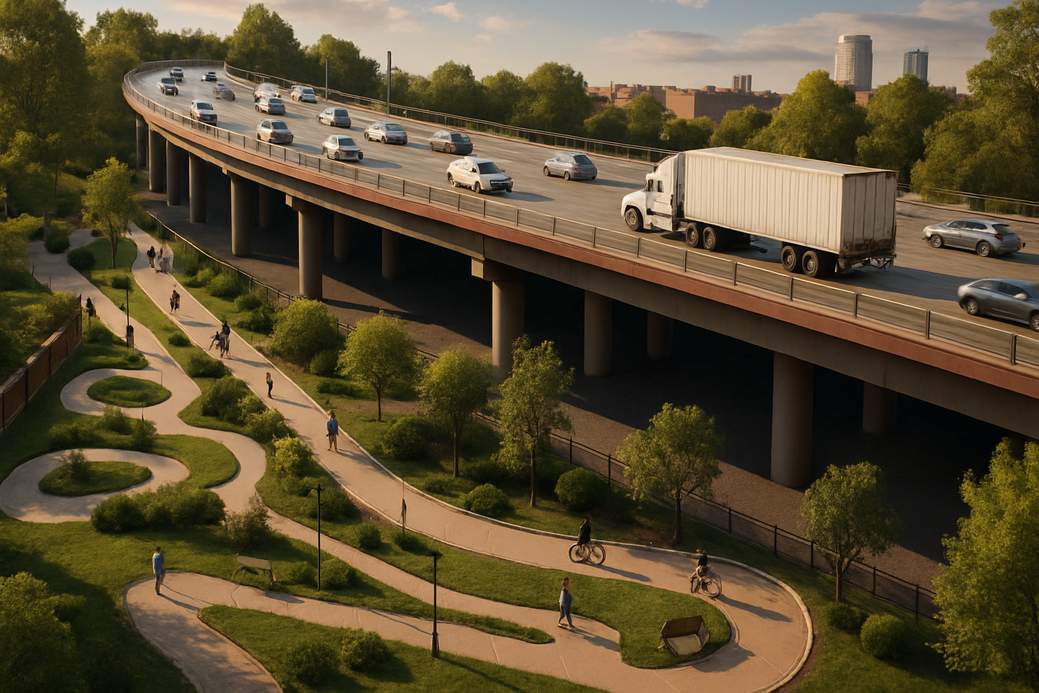Quick take
A new Department of Homeland Security video blaming Democrats for the government shutdown tried to make the rounds on airport screens — and a surprising number of airports gave it the cold shoulder. Instead of rolling the PSA, many facilities chose policies, laws, or basic taste to keep their screens neutral.
What actually happened
The short version: DHS started circulating a video featuring Kristi Noem that frames the shutdown as the result of congressional Democrats refusing to fund the government. Airports began getting requests to play the clip at terminals and security areas. Several big airports simply refused, saying the message was political and not appropriate for public airport screens.
Why airports pushed back
Airports cited a few main reasons for saying no. First, the Hatch Act (and similar local rules) limits political messaging by government resources. Second, many airports have long-standing policies against airing partisan content on facility displays. Third, some states and municipalities have their own laws that bar public employees or assets from promoting or opposing political parties or committees. In short: it wasn’t personal — it was policy (and sometimes law).
Who said no — some notable examples
Airports that publicly declined to play the video include major hubs and regional fields alike: Portland International, Seattle-Tacoma, the Port Authority airports in New York/New Jersey (JFK, LaGuardia, Newark), San Francisco and other Bay Area airports, Phoenix Sky Harbor, Charlotte Douglas, BWI, Buffalo Niagara, Westchester County, and Chicago’s O’Hare and Midway, among others. Some airport authorities noted that TSA checkpoint screens aren’t even set up to display that kind of content.
Behind the message — the shutdown context
The backdrop here is the government shutdown that started on Oct. 1, during which many federal workers deemed essential — like TSA officers and air traffic controllers — keep working but may not receive immediate pay. That reality has led to more callouts, staffing strains, and some flight delays and cancellations, which is likely why DHS wanted a public-facing explanation. But explaining is different from campaigning, airports argued.
Reactions and rhetoric
Local officials called the video inappropriate, and some were blunt: public venues shouldn’t be platforms for partisan blame games. DHS spokespeople reiterated the video’s message and tried to assure travelers that security operations were largely unaffected, but they didn’t push back publicly against airports’ decisions to block the clip.
What travelers should know
If you’re heading to the airport: expect normal reminders about security and possible hiccups from staffing shortages, but don’t expect official airport screens to carry partisan PSAs. If you want commentary, you’ll have to find it elsewhere (news feed, town square, or that very chatty person in security line C).
Bottom line
Airports are trying to keep the travel experience neutral and nonpartisan. Whether you think that’s overcautious or overdue, the result is the same: many terminals opted out of the DHS video and kept their screens focused on flights, not finger-pointing.

